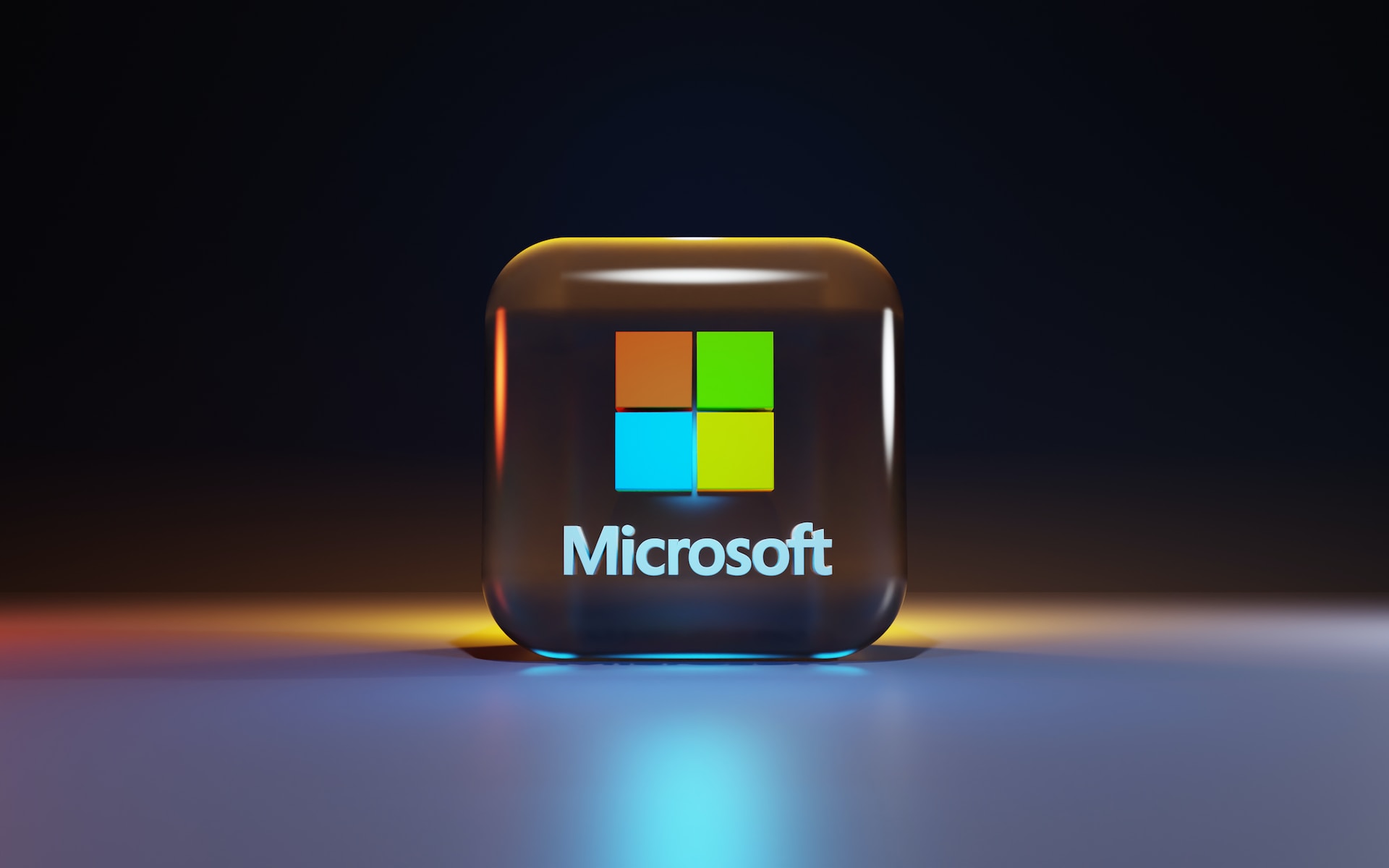Blockchain in Healthcare: Enhancing Data Security

The healthcare sector faces critical challenges in managing sensitive patient data, ensuring security, and achieving system-wide interoperability. Blockchain technology, originally developed for cryptocurrency, has emerged as a revolutionary solution to these challenges. Its decentralized, secure, and transparent framework promises to redefine healthcare operations. This article dives deep into how blockchain technology is being used to enhance data security, its real-world applications, and the obstacles to its widespread adoption.
1. Introduction to Blockchain in Healthcare
Blockchain is a distributed ledger system that securely records transactions across a decentralized network. Each “block” contains data and is linked to the previous one, forming an immutable chain. This technology ensures transparency, security, and tamper-proof data management, making it particularly valuable in healthcare.
For the healthcare industry, blockchain’s relevance lies in its ability to address vulnerabilities in traditional centralized systems. It offers secure data storage, protects against unauthorized access, and streamlines processes across institutions. As a result, blockchain is becoming a key enabler of modern healthcare transformation.
2. Addressing Data Security Challenges
Healthcare is one of the most targeted industries for cyberattacks due to the high value of patient data. The traditional centralized systems are prone to data breaches and single points of failure. In 2020 alone, over 29 million healthcare records were compromised in the United States.
Blockchain’s Security Advantage
Blockchain mitigates these risks by decentralizing data storage. With encryption and consensus algorithms, it ensures data is accessible only to authorized parties. Moreover, any unauthorized attempt to alter data is instantly detected by the system.
Example
In Estonia, blockchain has been successfully implemented in the national eHealth system, securing patient records and reducing the risk of breaches. This implementation has set a global benchmark for blockchain adoption in healthcare.
3. Enhancing Patient Data Ownership

Traditionally, healthcare providers control patient data, often leaving patients without access or oversight of their own records. Blockchain flips this paradigm by giving patients ownership of their health data. Each patient can control access using cryptographic keys, enabling secure sharing with selected providers.
This approach not only enhances privacy but also aligns with regulatory frameworks like HIPAA (USA) and GDPR (Europe). Patients can monitor who accesses their data and for what purpose, building trust in the system.
Real-World Impact
Projects like Patientory empower individuals to manage their health data through blockchain, facilitating seamless and secure sharing between multiple healthcare providers.
4. Interoperability in Healthcare Systems
A major challenge in healthcare is the lack of interoperability between different systems, leading to fragmented records, delays in care, and potential medical errors. Blockchain solves this by creating a unified ledger accessible to all authorized parties.
How Blockchain Enhances Interoperability
Blockchain allows the secure exchange of data across platforms, ensuring consistency and reducing redundancies. For instance, blockchain-based solutions like MedRec provide a comprehensive medical history accessible by different healthcare providers, enabling faster and more accurate diagnoses.
5. Ensuring Data Integrity
Inaccurate or tampered medical records can have life-threatening consequences. Blockchain’s immutable nature guarantees the integrity of stored data. Once a record is added to the blockchain, it cannot be altered, ensuring accuracy and trustworthiness.
Example
Pharmaceutical companies use blockchain to monitor supply chains, ensuring the authenticity of drugs. This system has significantly reduced counterfeit medications entering the market, particularly in regions prone to such issues.
6. Implementation of Smart Contracts
Smart contracts are one of blockchain’s most revolutionary features. These self-executing contracts automate processes based on predefined rules. In healthcare, smart contracts are being used for tasks such as insurance claim settlements, patient consent management, and even clinical trial tracking.
Benefits of Smart Contracts
- Automation: Reduces administrative workloads.
- Accuracy: Minimizes errors by removing manual intervention.
- Speed: Accelerates processes like insurance claims and approvals.
Use Case
Companies like Aetna and UnitedHealthcare have implemented blockchain-based solutions to streamline claims processing, significantly reducing the time taken for reimbursements.
7. Real-World Applications of Blockchain in Healthcare
The versatility of blockchain has led to its implementation in various aspects of healthcare:
- Electronic Health Records (EHRs):
Hospitals use blockchain to maintain secure, unified medical records accessible across providers. For example, the Mayo Clinic has explored blockchain for patient data integration. - Supply Chain Management:
Blockchain ensures transparency in pharmaceutical supply chains, helping trace the origin and authenticity of medications. Pfizer and Merck are leveraging this technology to combat counterfeit drugs. - Clinical Trials and Research:
Blockchain prevents data manipulation in clinical trials by creating tamper-proof records of trial results, ensuring transparency and credibility. - IoT and Remote Monitoring:
Data from IoT devices, like wearable health trackers, can be securely stored and accessed using blockchain, protecting patient privacy.
8. Challenges and Limitations

Despite its potential, blockchain adoption in healthcare is not without challenges:
- Scalability:
Healthcare systems generate vast amounts of data daily. Scaling blockchain to handle this volume without compromising performance remains a challenge. - Implementation Costs:
The initial investment in blockchain technology is high, requiring significant resources for infrastructure and expertise. - Standardization:
The lack of uniform standards for blockchain implementation creates hurdles in achieving interoperability across systems. - Regulatory Uncertainty:
Blockchain’s global nature poses legal challenges, particularly in data jurisdiction and enforcement of smart contracts.
9. Regulatory and Compliance Considerations
Blockchain aligns well with regulatory frameworks like GDPR and HIPAA, ensuring secure and compliant data handling. Its ability to maintain detailed audit trails and provide granular access control makes it a valuable tool for demonstrating regulatory compliance.
HIPAA Compliance Example
Hospitals using blockchain can provide verifiable audit trails, showing when and by whom patient data was accessed, meeting HIPAA requirements for accountability.
10. Future of Blockchain in Healthcare
The future of blockchain in healthcare looks promising, with advancements likely to address current limitations:
- AI Integration:
Combining blockchain with AI can enhance data analysis while maintaining security. - Standardization Efforts:
Global initiatives are underway to create uniform standards for blockchain adoption in healthcare. - Scalability Solutions:
Emerging technologies like Layer-2 blockchains and sharding may address scalability concerns, enabling blockchain to handle larger data volumes. - Decentralized Clinical Trials:
Blockchain can streamline participant recruitment and data collection in clinical trials, making them more efficient and transparent.
Key Advancements in Blockchain for Healthcare
1. Integration with Predictive Analytics
Predictive analytics in healthcare involves using historical and real-time data to anticipate patient outcomes, optimize resources, and improve overall care delivery. Blockchain plays a vital role in this domain by ensuring the secure and transparent storage of vast datasets required for analysis.
- How It Works: Blockchain creates an immutable ledger of patient data, ensuring its integrity and preventing unauthorized access. Predictive models can then analyze this data to identify potential health risks or resource shortages.
- Applications During COVID-19: Blockchain-enabled predictive analytics was pivotal in pandemic management. For example, secure and reliable data sharing helped predict case surges, manage vaccine distribution, and allocate medical resources like ventilators effectively.
2. Interoperability Solutions
Interoperability refers to the ability of different healthcare systems to communicate and exchange data seamlessly. Modern healthcare faces significant challenges in this area due to diverse systems, formats, and standards.
- Blockchain’s Role: Blockchain provides a unified platform where data from multiple providers can be securely shared without compromising accuracy. Each transaction or data exchange is recorded on the blockchain, ensuring traceability and trust.
- Impact: Patients can receive consistent care as their records are updated and accessible in real-time, regardless of the healthcare provider or system they use.
- Example: Blockchain projects like MedRec demonstrate this capability by creating a comprehensive, cross-provider health record system.
3. Blockchain and AI for Personalized Medicine
Personalized medicine tailors treatments based on an individual’s genetic, environmental, and lifestyle factors. Combining blockchain with artificial intelligence (AI) enhances this approach by providing secure, reliable data for AI to analyze.
- Blockchain’s Contribution: Blockchain ensures that sensitive data, such as genetic information, is not tampered with or accessed by unauthorized entities. It also allows patients to control access to their data using cryptographic keys.
- AI Integration: With high-quality, secure data from blockchain systems, AI can develop accurate predictive models and treatment protocols tailored to individual patients.
- Use Case: Blockchain-based platforms like Shivom focus on genomic data management, ensuring data integrity while enabling AI to craft personalized health interventions.
4. Supply Chain Transparency
The healthcare supply chain involves multiple stakeholders, including manufacturers, distributors, and healthcare providers. Ensuring the authenticity and traceability of pharmaceuticals and medical devices is critical.
- Blockchain’s Role: Blockchain creates a transparent and immutable record of the supply chain process. Each step, from production to delivery, is recorded on the blockchain, making it easy to track and verify.
- Combating Counterfeit Drugs: Counterfeit medications are a global issue, especially in developing countries. Blockchain ensures that only verified drugs enter the market by tracking their journey from manufacturing to distribution.
- Example: Pharmaceutical companies like Pfizer and Merck are using blockchain to ensure transparency in drug supply chains, reducing the risk of counterfeit products reaching patients.
Conclusion
Blockchain technology is poised to transform healthcare by addressing fundamental challenges in data security, patient empowerment, and system interoperability. Its decentralized architecture, coupled with features like encryption, smart contracts, and immutability, offers unparalleled benefits. While challenges like scalability and high costs remain, ongoing advancements and regulatory support are paving the way for broader adoption. As blockchain becomes more integrated into healthcare systems, it has the potential to create a more secure, transparent, and efficient future for all stakeholders.










